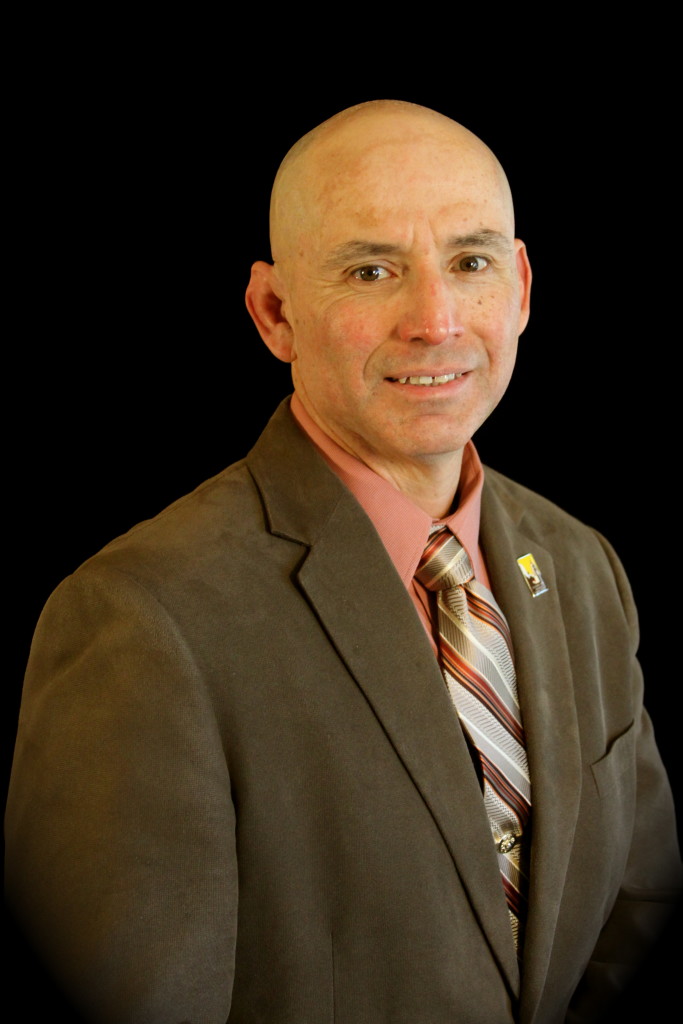Editor’s note: Amigos805 welcomes guest columns, letters to the editor and other submissions from our readers. All opinions expressed in submitted material are those of the author and do not necessarily represent the viewpoint of Amigos805.
By Frank P. Barajas / Guest contributor
“It could be worse,” a friend responded after I bemoaned the near futility in the elevation of the ratio of tenure-track (full-time) faculty from Historically Underrepresented Groups (HUGs). After years of trainings, expert speakers, discussions, and back channel debates on diversity, the character of the faculty at my campus, California State University Channel Islands, shifted only a tad.
For example, for the academic year of 2014-15, Whites made up 61% of the full-time faculty. HUGs professors—identified as African American (2%), Asian (5%), and Hispanic (14%)—totaled 21%. The remaining 18% consisted of people of unknown origin or of two or more races.
Despite gains made in the 2015-16 hiring cycle—six (38%) out of sixteen newly recruited tenure track faculty (men and women) are identified HUGs—the diversity needle moved only by an increment due to the retirements and resignation of existing minority professors.
Hence, after a concerted effort on the part of committed colleagues to diversify the tenure-track faculty, in the academic year of 2016-17, Whites will continue to dominate at 57%. The proportion of Hispanics will grow to 17%, Asian to 8% and African Americans will stagnate at 2%.
Meanwhile, 53% of the student body consists of HUGs, with Hispanics being the largest at 45%, followed by Asians at 5%, and African Americans 3%. Pacific Islanders and Native Americans combine for a total of 0.5%.
The demographic imbalance between faculty and students stands in bold relief as CSU Channel Islands enjoys, and will continue to accept, millions of federal dollars for being a Hispanic Serving Institution (HSI) to augment its capacity to serve all, not just Hispanics.
For a college or university to be designated a HSI, at least 25% of the student body must be of Hispanic origin. In California, according to HACU (the Hispanic Association of Colleges and Universities), 98 private and public campuses of higher learning earned this label.
In Ventura County, two of the three community colleges, Oxnard and Ventura, are HSIs. The third, Moorpark, is poised to soon be bestowed this brand in order to apply for much needed federal grants like those received by its sister colleges.
But like my campus, the tenure-track faculty of the Ventura County Community College District (VCCD) fails to reflect its students.
Indeed, seventy-two percent of the students at Oxnard College consist of Hispanic students, but only 31% of the full-time faculty is from this group. At Moorpark College, 32% of the students are Hispanic and only 13% of the faculty is the same. And at Ventura College 58% of the students is Hispanic but only 15% of the faculty are.
So, as in academe in general, Whites dominate the ranks of faculty at all three campuses of the VCCCD.
Unfortunately, resistance exists on colleges and universities in and out of Ventura County to have a professoriate that reflects the makeup of the students. In fact, a conviction of tokenism prevails.
I have listened to the rejoinder from White professors that a HUGs member existed in a department; therefore no more diversity was needed. Faculty colleagues of color and students have relayed to me similar conversations.
Interestingly, White faculty who disdain the notion of a mandated quota of minority hiring, tacitly adhere to a de facto system in this regard. In other words, if a minority is hired in a department, Mission Accomplished. That’s it. No more!
This “one and done” logic does not apply to White faculty. A dominant number of such faculty, both men and women, can exist in a department without question or anxiety. This is the face of privilege.
Nonetheless, the demand for a diverse and more representative full-time faculty on college campuses is not just for the noble cause of representation—the central tenet of our democracy. These are relatively good paying jobs with enviable plans of vacation, health, and pension.
This is particularly true as the private sector has steadily degraded, if not eliminated, such basic packages that sustain a middle class quality of life. Consequently, HUGs want to enjoy the remaining nice things in life too.
So what is the solution?
First trustees and regents of public institutions of higher education need to send an unequivocal and consistent message that their colleges and universities must hire more full-time HUGs faculty. From this declaration, systems executives, campus presidents, and their managers must hold department chairs and faculty search committees accountable. If no HUGs are recommended to be considered for appointment, executive administrators need to exercise their authority to abort searches.
If a departmental pool of applicants is repeatedly deficient of minority applicants, especially in the humanities and social sciences, where the odds are greater for such finds, a plan of action must be implemented. This could entail department chairs and members of the faculty scrutinizing and comparing job announcements that resulted in HUGs hires.
Faculty can also frequent professional meetings to recruit HUGs applicants. This is in addition to networking with graduate programs to solicit prospective and recent HUGs masters and doctorate degree holders.
As one chemistry colleague recently declared, “We need to go beyond fishing for minority faculty candidates.”
I agree. Now is the time to scuba dive for more HUGs.
— Frank P. Barajas is a California State University Channel Islands professor and the author of “Curious Unions: Mexican American Workers and Resistance in Oxnard, California, 1898-1961.
Editor’s note: Amigos805 welcome comments on stories appearing in Amigos805 and on issues impacting the community. Comments must relate directly to stories published in Amigos805, no spam please. We reserve the right to remove or edit comments. Full name, city required. Contact information (telephone, email) will not be published. Please send your comments directly to frank@amigos805.com

